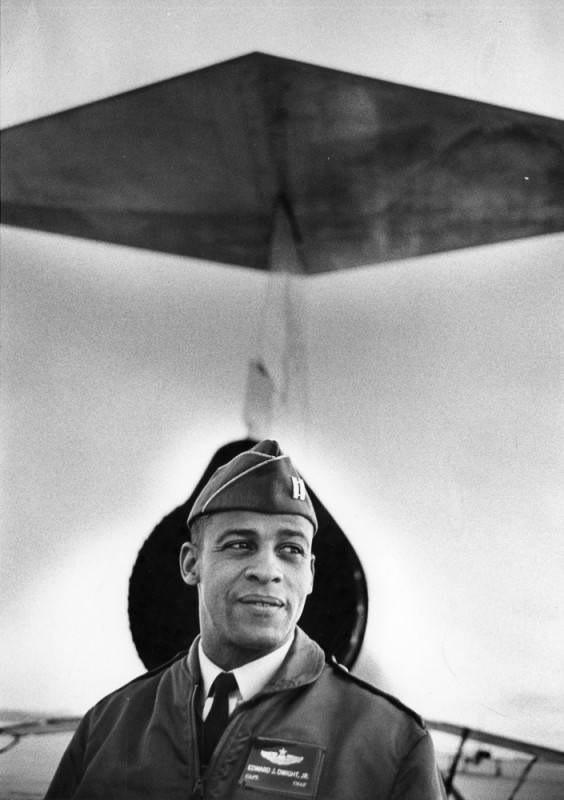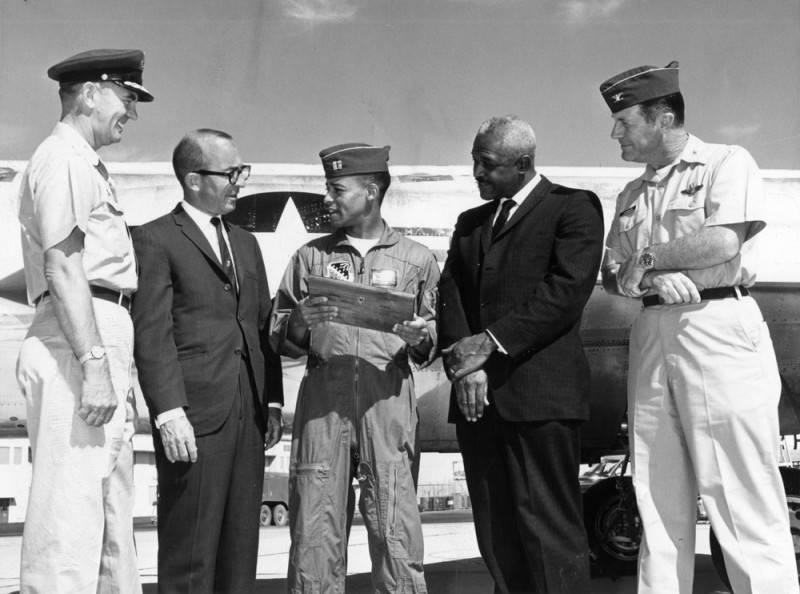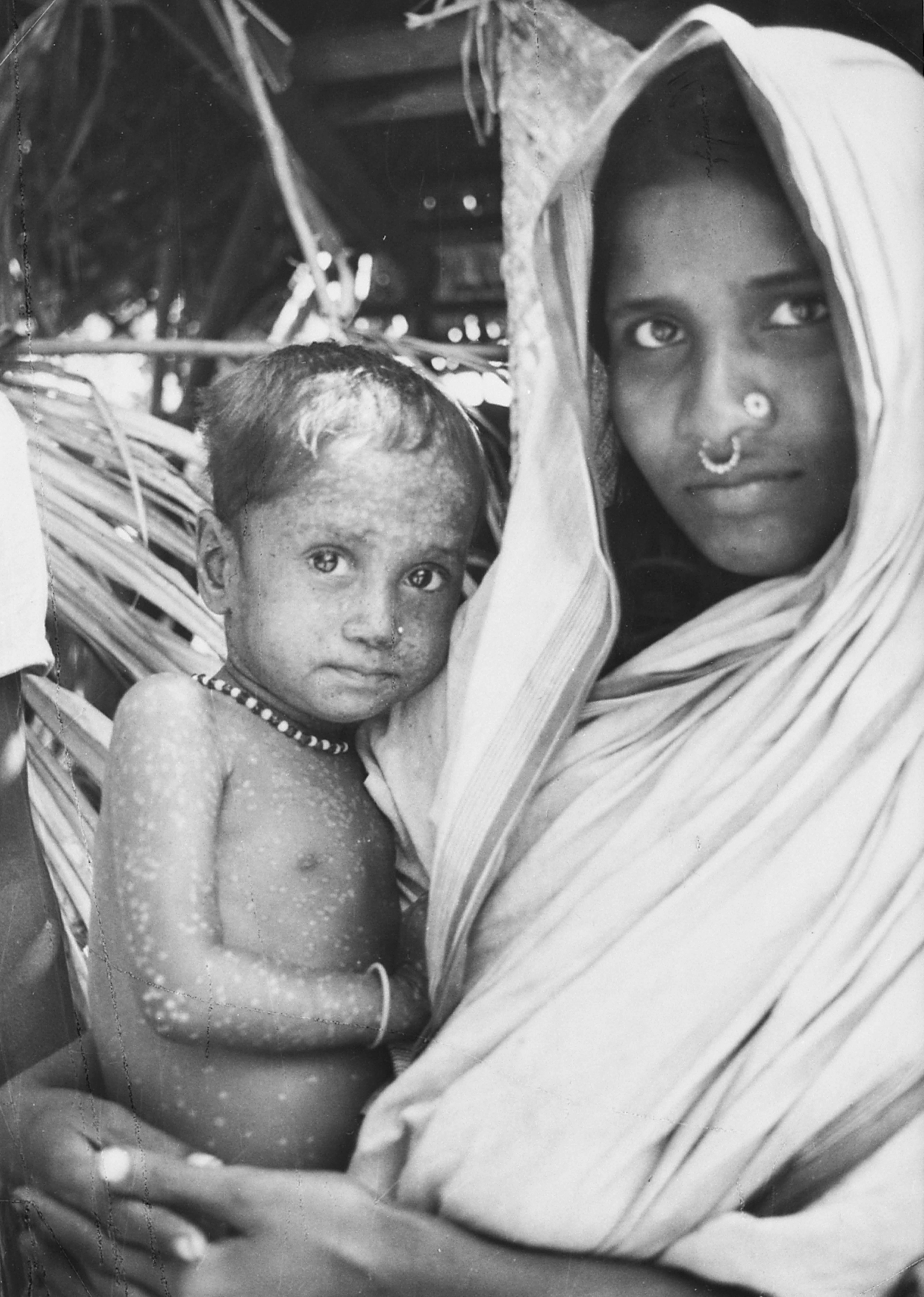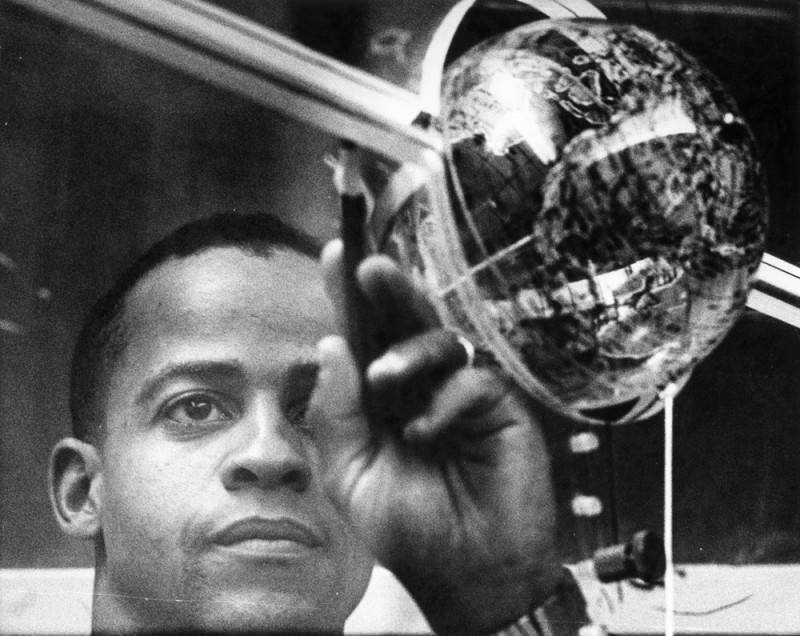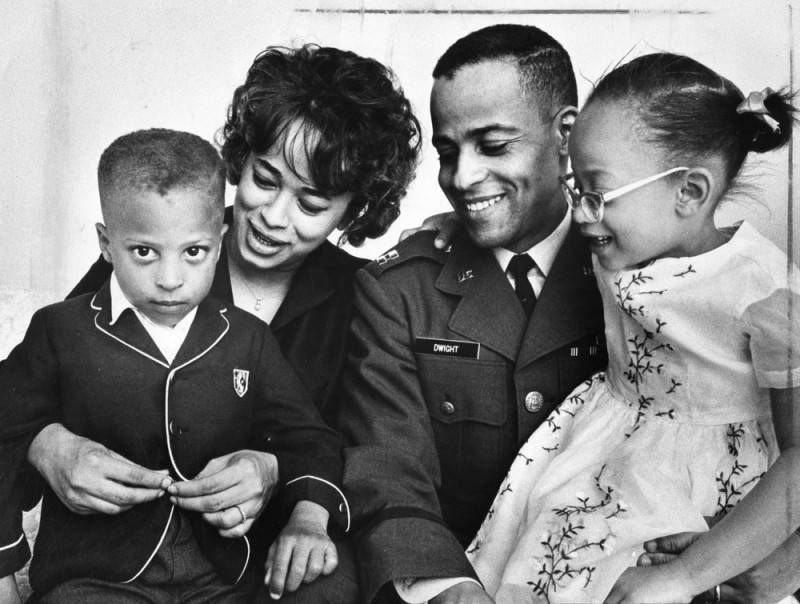Ed Dwight had always loved flying. He grew up in Kansas City, Kansas, in the 1930s, just next to Fairfax Airport. As a child, Ed enjoyed watching the planes take off. By the time he was around nine years old, workers at the airport had allowed him to start cleaning the aircraft. “I kind of became the airport mascot,” Dwight told Radio Diaries. However, he didn’t believe he had a chance at flying any type of aircraft because he was Black.
Years later, Ed spotted a photo of a Black fighter pilot Dayton Ragland on the front page of his local newspaper, the Kansas City Call. “It just kind of blew my mind!” Ed recalled. “My God, they’re letting Black people fly!” After seeing this photo, Ed signed up for the Air Force. He joined officially in 1953.
The Air Force proved successful for Ed. He rose in the ranks, getting promoted to captain and first lieutenant. Becoming a general, Ed says, was his dream, as Black generals were few and far between. However, outside the Air Force, a search commenced for an even rarer position: the first Black astronaut.
President Kennedy had no shortage of issues before Congress, the Vietnam War, and The Cuban Missile Crisis among them. But, the space race was of particular importance to the administration. The Soviet Union had surpassed U.S. ambitions by successfully sending the first shuttle, Sputnik, and the first man, Yuri Gagarin, into space. The U.S. was eager for a win.
In 1961, President Kennedy put forth a new objective: land a man on the moon and return him safely to the earth. In the spirit of that commitment and an attempt to beat the Soviet Union in the space race, the administration enlisted Air Force Captain Ed Dwight to enter the astronaut training program as its first Black trainee.
Recently, we spoke to Ed Dwight on a surprising update in his 63-year journey to go to space. Stay tuned until the end of the episode to hear that interview.
A transcript of this episode is available here in English.


